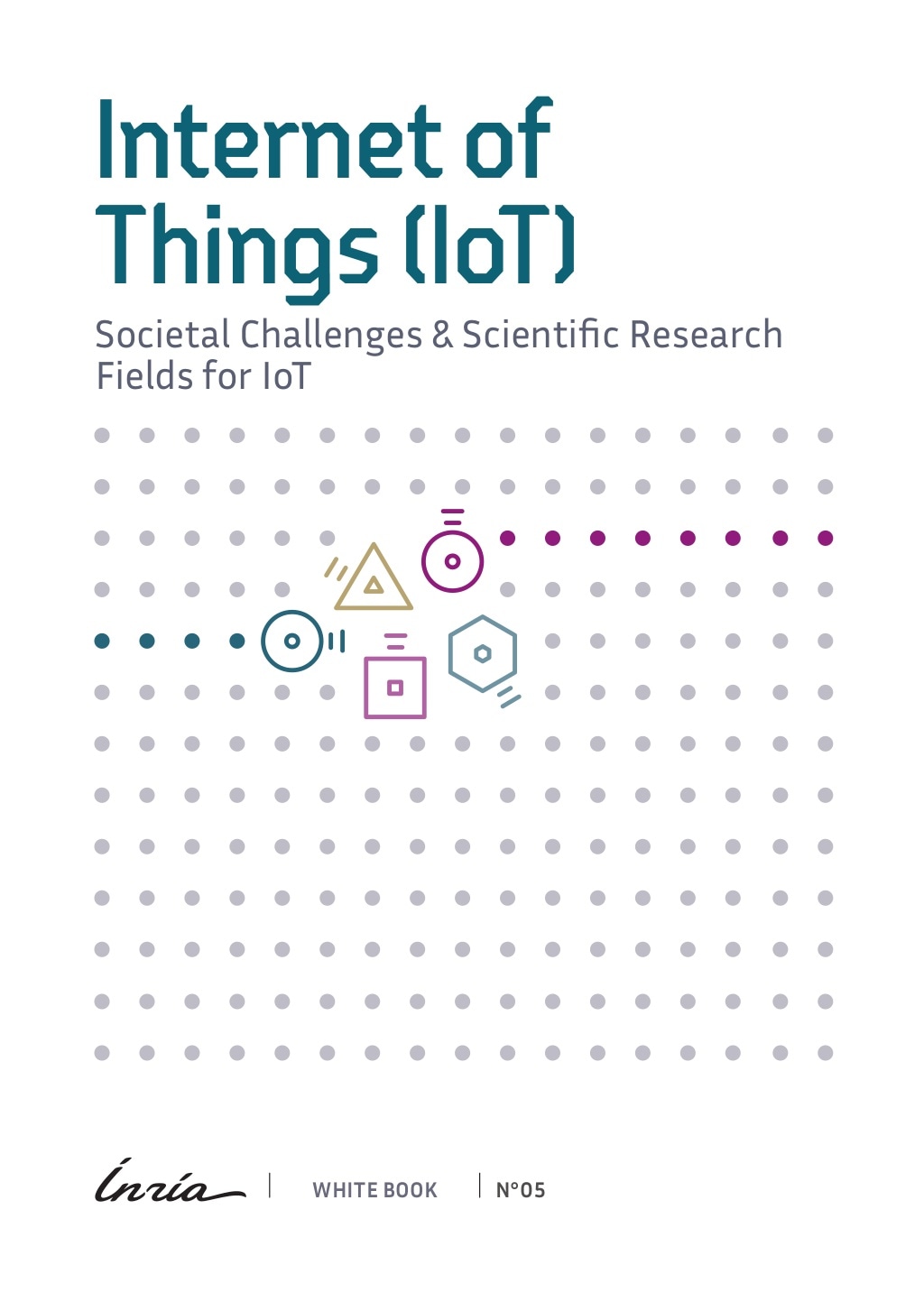Accommodating low-end IoT devices
The IoT is expected to gradually connect billions of low-end devices to the Internet, and thereby drastically increase communication without human source or destination. Over the last decade, we are witnessing an increasing variety of IoT technologies starting from IoT communication technologies. The main reason for this is the growing diversity of strong requirements (i.e., in terms of bandwidth, latency, energy savings, etc) coming from new varieties of IoT use-cases, which now go far beyond the original wireless sensor networking domain.
Besides, low-end IoT devices differ starkly from high-end IoT devices in terms of low power usage, low memory, with today a greater emphasis on interoperability needs. Projections show this divide will not fundamentally change in the future and that IoT should ultimately interconnect a dense population of devices as tiny as dust particles, feeding off ambient power sources (energy harvesting).
These characteristics constrain the software and communication protocols running on low-end IoT devices: They are neither able to run a common software platform such as Linux (or its derivatives), nor the standard protocol stack based on TCP/IP.
To address the evolution of wireless communications for constrained IoT devices, we will encompass the following research activities.
- optimized communication protocols taking into account radio technology evolution and devices constrained requirements;
- tailored software platforms providing high-level programming, modular software updates as well as advanced support for new security and energy concentration features;
- unification of technologies for low-end IoT, which is too fragmented at the moment, guaranteeing integration with core or other edge networks.





